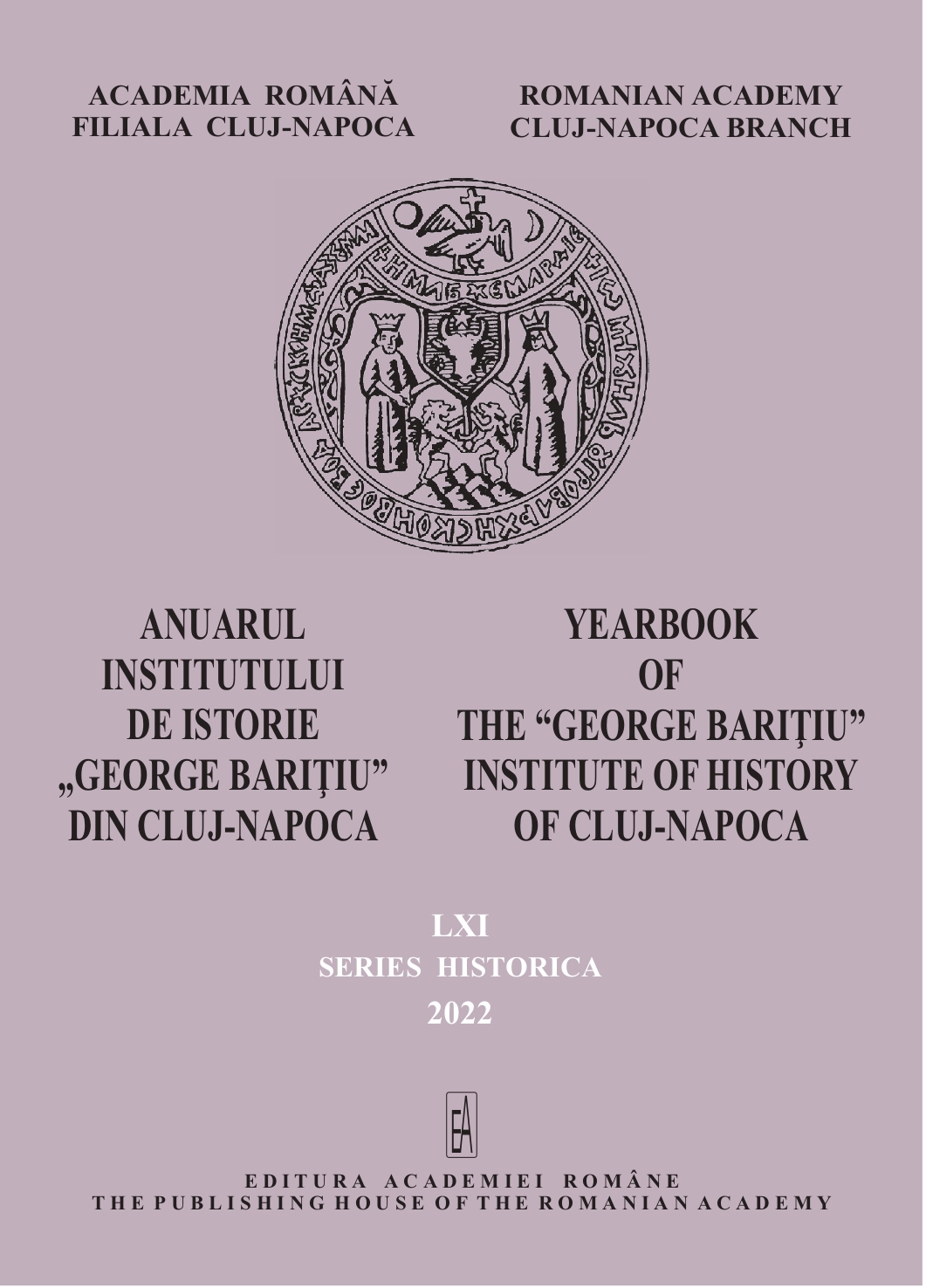Atitudinea Slovaciei față de problema Transilvaniei în vara anului 1940
Slovakia’s Position towards the Problem of Transylvania in the Summer of 1940
Author(s): Radu Florian BrujaSubject(s): Diplomatic history, Political history, Interwar Period (1920 - 1939), WW II and following years (1940 - 1949)
Published by: Editura Academiei Române
Keywords: Romania; Second Vienna Award; Slovakia; Transylvania; diplomacy;
Summary/Abstract: One of Slovakia's foreign policy objectives after independence was to move closer to Romania in order to combat Hungarian revisionism. But Romania's orientation towards Western powers was different from that of Slovakia, which was integrated into the sphere of German influence. Thus, until the summer of 1940, bilateral relations remained cold. Our analysis brings to the fore an unknown issue concerning the second Vienna Agreement of August 1940. Slovakia was the victim of a similar arrangement and had political, economic and national interests vis-à-vis Romania. But the political crisis generated by the power struggle in Bratislava between the radical pro-German and moderate camps marked Slovakia's attitude. It has not been consistent in achieving its objectives. The moderates wanted a rapprochement with the Soviet Union, while the radicals sought integration into the political system dominated by the Reich. Our study focuses on the oscillations of foreign policy in the summer of 1940 and on its position on the problem of Transylvania. I have tried to highlight Slovakia's attitude by attempting to answer' three questions. What was Bratislava's attitude to the USSR's aggression against Romania? How did Bratislava position itself in the context of the Romanian-Hungarian dispute over the issue of Transylvania? How was the outcome of the second arbitration in Vienna received in Bratislava?
Journal: Anuarul Institutului de Istorie »George Bariţiu« - Series HISTORICA
- Issue Year: LXI/2022
- Issue No: 61
- Page Range: 189-207
- Page Count: 19
- Language: Romanian

